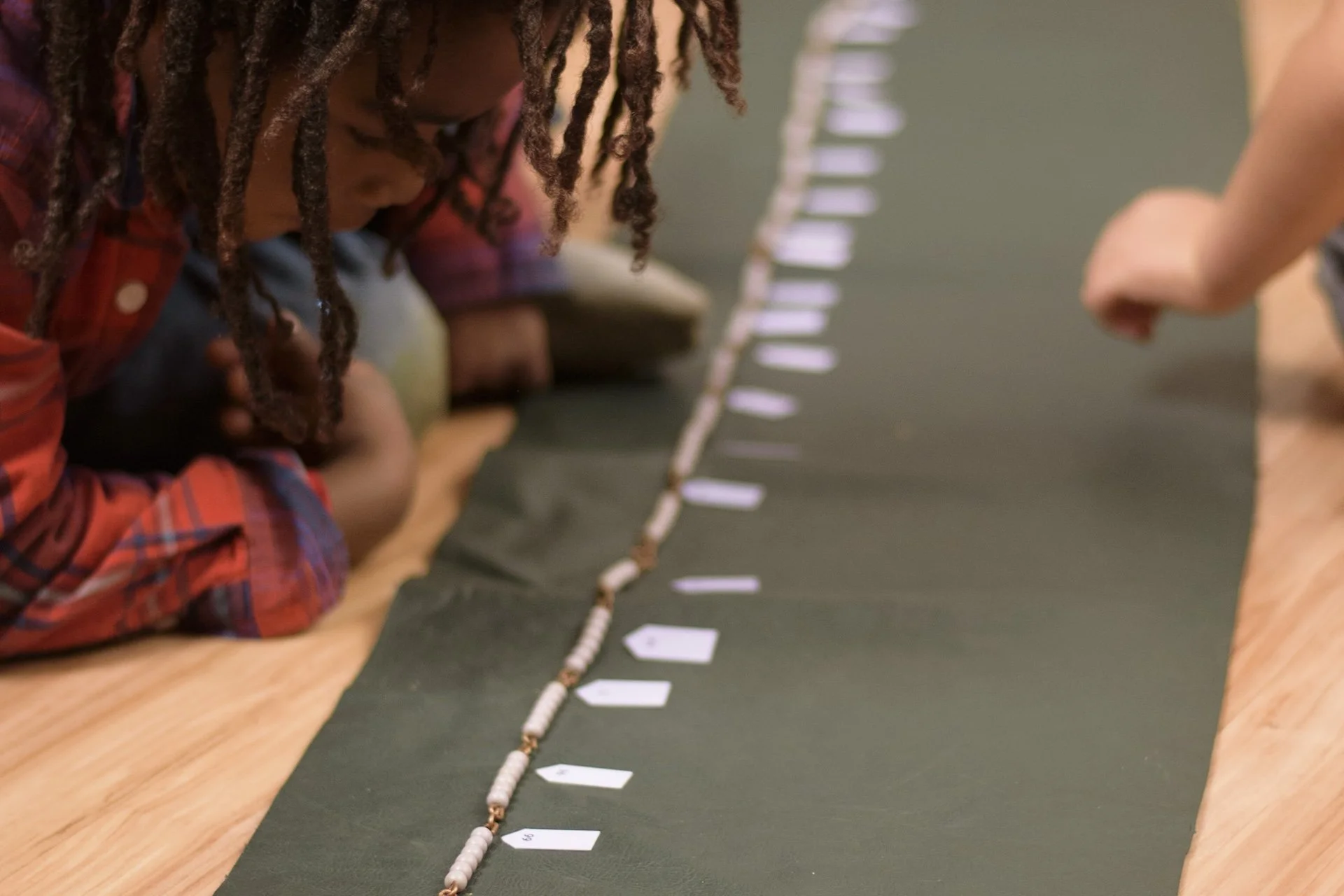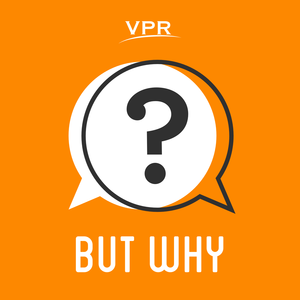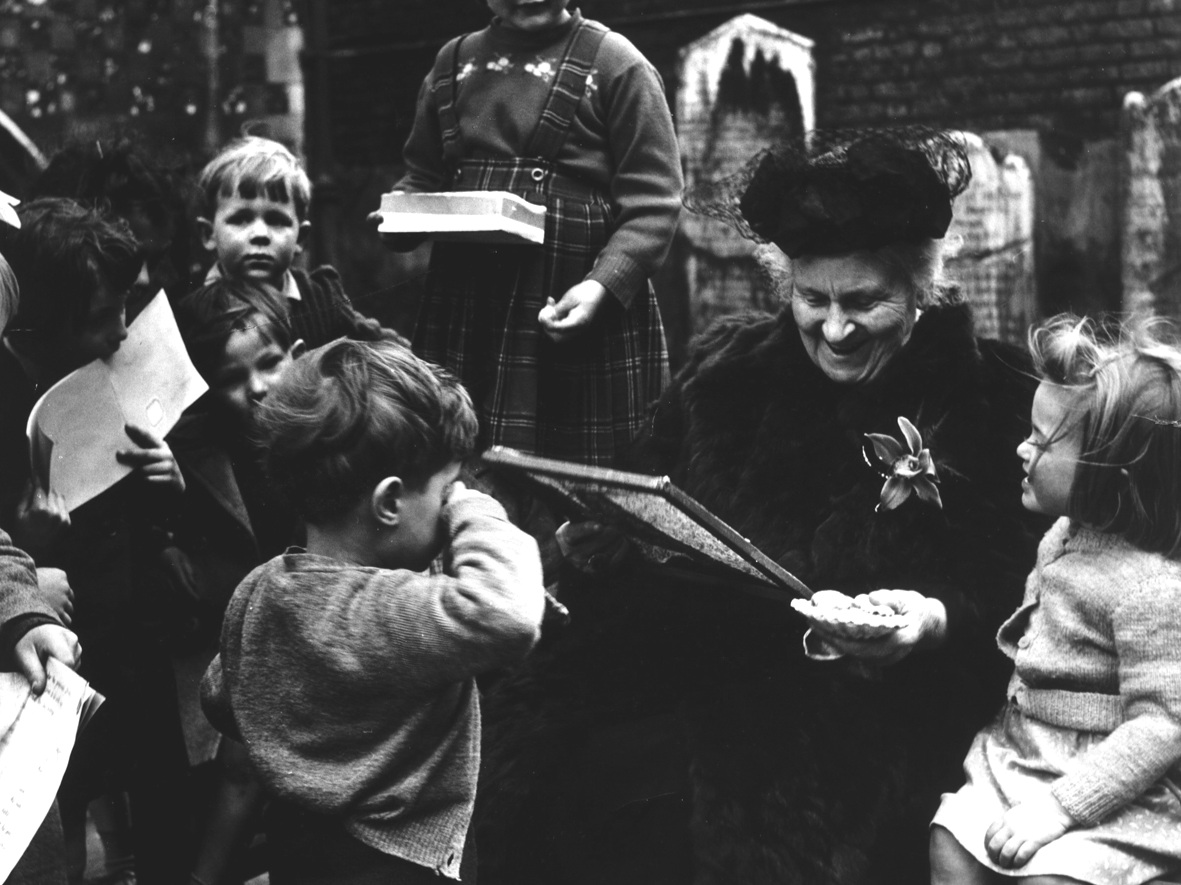Human emotion. We are so very lucky to each experience such a wide-ranging set of feelings, but that experience can be quite the roller coaster!
As adults, our own emotions can sometimes get the best of us. How might we help our children find healthy ways to navigate through their own?
Choosing a title for this post was tricky. Do we want to teach our children how to control their emotions? Is manage the right word? Should we encourage some emotions and discourage others?
Let us begin by stating that infants and young toddlers naturally rely on trusted adults to help them with their emotions. They will look to you for physical comfort and solutions to their problems. As they get a bit older, however, we can gradually guide them to begin tackling their emotions on a more independent level.
Our emotional experience is such a nuanced journey. There’s no wrong way to feel, and suppression of emotion is never a long-term solution. When it comes to emotion, we like to think a three-step approach is helpful.
Accept
Observe
React
Accepting our emotions can often be the hardest part! Especially hard for adults, we often deny the presence of certain emotions because we have been taught that some are better than others. We can make sure our children don’t feel the same pressure by reminding them - often - that there is no wrong way to feel. Our emotions are simply emotions. They don’t define who we are and are simply normal responses to events that happen in our lives. They serve many purposes and can teach us plenty about ourselves, other people, and even the world around us.
Let your child know that it’s okay to feel frustrated. Let them know that sadness and anger are normal. The same goes for intense joy and love.
One way to accept an emotion is to name it. Keep it simple; one word is plenty. If your child is feeling too deeply or hasn’t had enough experience to name the emotion themselves, supply the word you think they might be searching for. “You seem angry.” State it as a fact, without judgement or solution.
Once we have accepted the emotions we are feeling, it’s time to observe them. To guide your child through this step, it’s best to talk about the process when emotions are not high. Have a conversation over dinner or during a relaxing cuddle session.
How do we observe our emotions? We step back and look at the emotion as if it is something separate from ourselves. We know - this concept is hard enough for many adults to attempt in the heat of the moment. How can we guide children to do this?
Ask them where in their body they feel the emotion the strongest. Some of us feel queasiness in our stomachs, pounding in our hearts, lightness in our heads, tightness in our shoulders, or a myriad of other possibilities. Ask your child to think about where they physically feel the emotion in their body, then encourage them to focus on that feeling. Does a pounding heart feel pleasant? Of course not! At least not in the presence of uncomfortable emotions.
How might we react to what we have noticed? Leaning into those feelings and allowing our emotions to run their course is truly the healthiest approach, and it’s more likely to help negative feelings pass more quickly than if we were to resist them. Tell your child that it is normal to feel how they are feeling, and to let their body feel the way it needs to. Ask if you can help (sometimes children like to be held, have their back rubbed, etc.), but know that we won’t always be able to.
Leaning into our feelings is one way to react, but there are other equally helpful and supportive methods that vary from person to person. Again, during a time of calm, talk with your child about specific emotions. Ask them what might help them while they are in the midst of an experience. If a child is inclined to scream, how might they find a healthy way to fulfill or counteract that impulse? Could they sing instead? Could they learn to identify clues that come before a strong emotion and react to those instead?
Consider what healthy reaction options would work for your family and talk about them together. Establishing what is okay (asking for a moment alone) and what is not (hitting a sibling) helps to set your child up for success.
Looking for more information on this topic? Here’s a great article. We really loved the part about how we, as adults, can use our own mistakes as teaching points for our kids.
This great piece includes lots of activities for practice, and even suggests using picture books as models for identifying emotions and reactions.
http://csefel.vanderbilt.edu/familytools/teaching_emotions.pdf
We would love to hear if you have any success with these steps, or if you have any further questions/ideas!
















